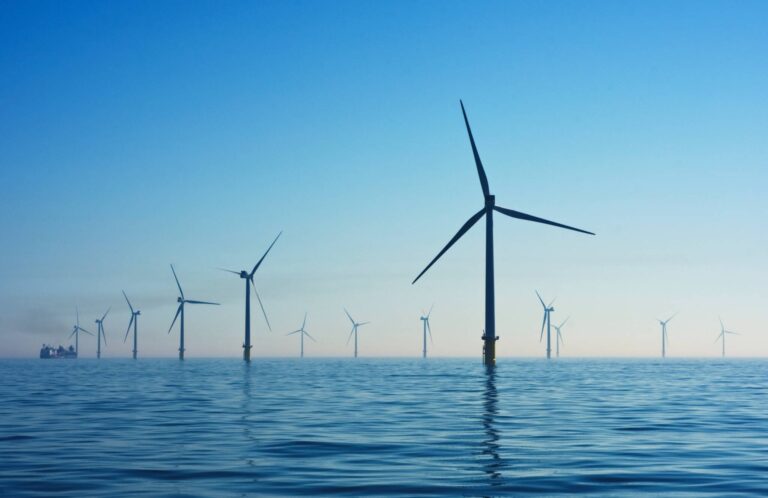By Morgan Pitts 1/18/2019
Since the great recession, a combination of reduced economic activity and the transition away from coal (mostly toward natural gas) in the electricity sector has driven emissions down an average of 1.6% per year. However, according to a recent report by The Rhodium Group, U.S. carbon dioxide emissions increased in 2018 for the first time in years. The report estimates that U.S. emissions increased by 3.4% in 2018, the largest single year gain since 2010.
The report finds that the transportation sector was the largest source of U.S. carbon dioxide emissions in 2018 though buildings and industry showed the largest increases on a percentage basis. Increased emissions from buildings and industry were driven by a combination of a strong economy – leading to more manufacturing – and an abnormally cold beginning to 2018 which led to a 10% increase in heating fuel usage over 2017.
The electricity sector was a part of the increase as well, unfortunately. While clean energy is growing as a share of electricity generation, the majority of capacity added in 2018 was fueled by natural gas.
At the same time as U.S. emissions appear to be increasing, climate change research is painting an increasingly dire picture of future impacts. Last November, the U.S. Global Change Research Program, an interagency task force made up of 13 federal agencies, released its quadrennial assessment. The report found that “Climate change threatens the health and well-being of the American people by causing increasing extreme weather, changes to air quality, the spread of new diseases by insects and pests and changes to the availability of food and water.” More recently, as the Washington Post’s editorial board details, we have learned that oceans are warming at an alarming rate, and Antarctica’s ice reserves are melting six times faster than they were just a few decades ago.
The good news is that there are things that you can do right now to help counter these trends. Saving energy at home means both saving money and reducing carbon emissions, especially during the winter if you rely upon heating oil or (non-renewable) natural gas for heat. And, one of the best ways to reduce your household carbon emissions is to switch to renewable electricity.





